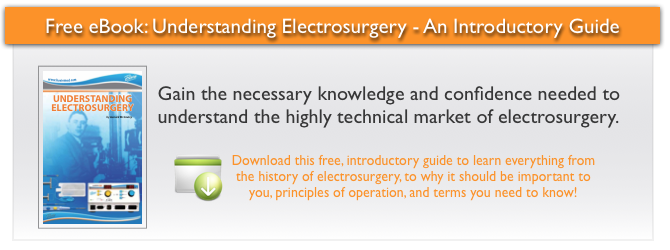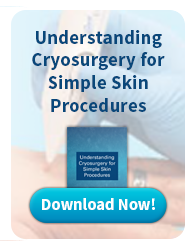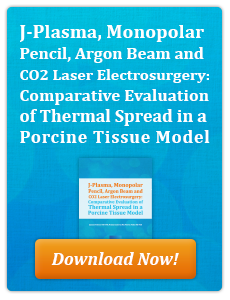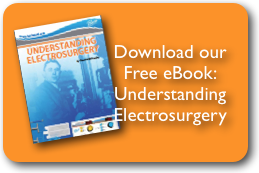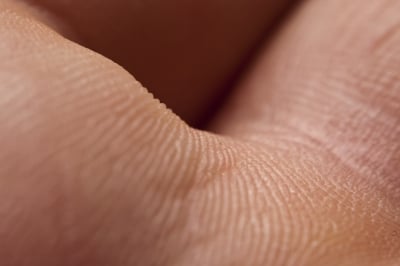 Using electrosurgery for skin lesions is not a new practice in the medical field. More than a decade ago, Dr. Barry L. Hainer and Dr. Richard B Usatine published an article titled "Electrosurgery for the Skin", stating:
Using electrosurgery for skin lesions is not a new practice in the medical field. More than a decade ago, Dr. Barry L. Hainer and Dr. Richard B Usatine published an article titled "Electrosurgery for the Skin", stating:
"The purposes of electrosurgery are to destroy benign and malignant lesions, control bleeding, and cut or excise tissue. The major modalities in electrosurgery are electrodesiccation, fulguration, electrocoagulation, and electrosection. Electrosurgery can be used for incisional techniques that produce full-thickness excision of nevi, for shave techniques that produce partial-thickness removal of superficial lesions, and for removing vascular lesions such as hemangiomas or pyogenic granulomas. The correct output power can be determined by starting low and increasing the power until the desired outcome is attained (destruction, coagulation, or cutting). Smaller cherry angiomas can be electrocoagulated lightly. Larger cherry angiomas may be easier to treat by shaving them first, then electrocoagulating or desiccating the base. The elevated portion of pyogenic granulomas can be shaved off with a scalpel or a loop electrode using a cutting/ coagulation current. The base of the lesion is curetted to remove the remaining tissue and then electrodesiccated. Complications such as burns, shocks, and transmission of infection can be prevented by careful use of the electrosurgical equipment."
Even 12 years later, this article is still accurate and relevant to electrosurgery for skin issues. Electrosurgery is often preferred by dermatologists and family physicians over laser surgery and cryosurgery.
Common uses for electrosurgery in addressing skin problems are:
- Removal of skin lesions via curettage and cautery, including:
- cherry angiomas
- skin tags
- benign skin tumors
- warts
- Treatment of angiomas and pyogenic granulomas
- Treatment of certain types of acne
- Scar reduction
These procedures can usually be completed via electrosurgery as an outpatient procedure requiring only a local anesthetic. In some cases, even a local anesthetic may not be required.
Electrosurgery for dermatology is often used due to the fact that:
- Hemostasis is almost immediate.
- It provides consistent cutting speed and depth of incision.
- Results in lower monthly and annual expense than cryo or laser.
Electrosurgery also has the benefit of a significantly lower cost than lasers, both in initial cash outlay and the ongoing maintenance expense. The cost to purchase a high frequency desiccator (no cutting waveform) typically ranges from $850 down to $599 depending on the power output. The initial package includes everything needed to perform simple skin procedures. Additionally, it is more convenient than cryo in many instances when comparing typical single treatment with electrosurgery, verses multiple treatments with office visits when using cryo.
These factors, combined together, equal a large potential for excellent patient care and enhanced profitability for a Family Practice office or clinic not yet using electrosurgery. Using electrosurgery to treat common skin issues promotes patient satisfaction and represents an additional income opportunity.
Image courtesy of: adamr/ Freedigitalphotos.net

